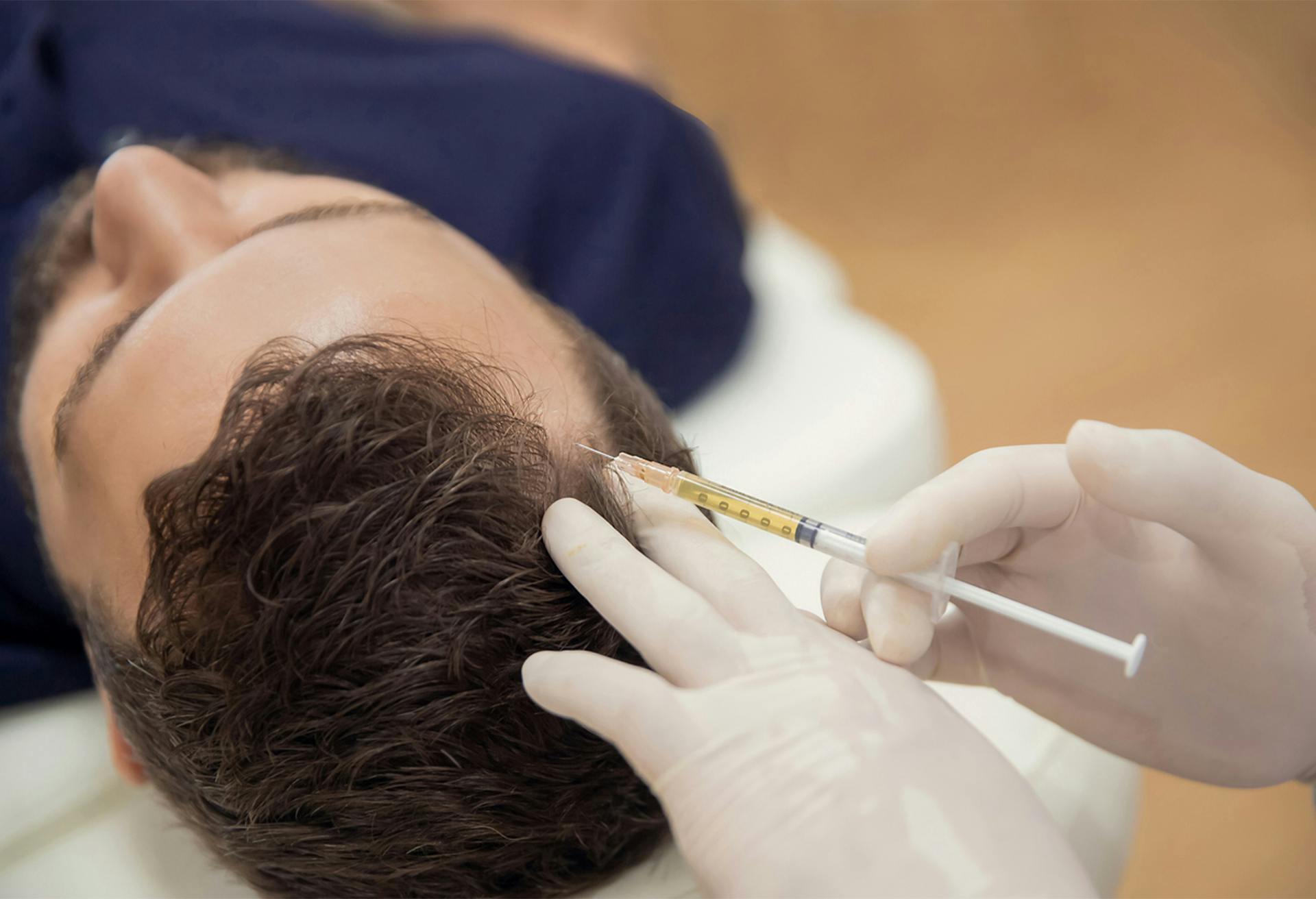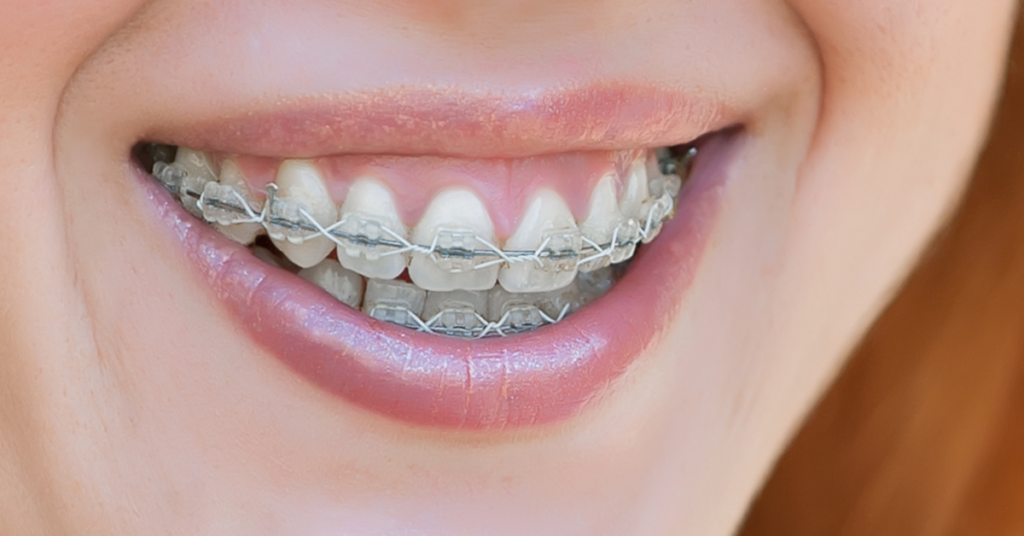 Newsletter Copywriting – Emails That Convert, Not Bore!
Newsletter Copywriting – Emails That Convert, Not Bore!
The Art of Forehead Reduction Surgery for All
Written by dynamic clinic » Updated on: June 17th, 2025

Forehead reduction surgery, often regarded as a transformative aesthetic procedure, focuses on decreasing the height of the forehead to create a more balanced and harmonious facial appearance. This surgery has gained popularity among individuals looking to enhance their facial proportions, particularly those who feel that their forehead appears too large or prominent.
What is Forehead Reduction Surgery?
What is Forehead Reduction Surgery? also known as forehead contouring or hairline lowering surgery, is a cosmetic surgical procedure aimed at reducing the vertical length of the forehead. This is achieved by repositioning the hairline and removing excess skin from the forehead area. Patients often seek this procedure to achieve a more youthful and proportionate facial appearance, as well as to improve their self-esteem and confidence.
The Historical Context of Forehead Reduction Surgery
The practice of forehead reduction surgery is not new; it has evolved over the decades. Initially, the procedure was primarily performed in response to specific medical conditions or trauma. However, with the increasing interest in aesthetic surgery, it has become a common choice among individuals seeking cosmetic enhancements.

Historically, techniques varied, and early procedures were often rudimentary, lacking the precision and care found in modern surgical practices. Advances in medical technology, surgical techniques, and a deeper understanding of facial anatomy have significantly improved the outcomes of forehead reduction surgery.
Indications for Forehead Reduction Surgery
Forehead reduction surgery is indicated for a variety of reasons, including:
High Forehead: Many individuals perceive their forehead to be too high, which can create an imbalance in their facial features.
Receding Hairline: Patients experiencing hair loss or a receding hairline may opt for this surgery to restore a more youthful appearance.
Facial Proportions: Those seeking better facial proportions often find that reducing forehead height enhances their overall aesthetic.
Frontal Baldness: Individuals with frontal baldness may benefit from lowering the hairline to create a fuller look.
The Surgical Process
Understanding the surgical process is crucial for prospective patients. Here's a breakdown of what to expect during forehead reduction surgery.
Pre-operative Consultation
Before undergoing forehead reduction surgery, patients must have a thorough consultation with their surgeon. This meeting is essential for several reasons:
Assessment: The surgeon assesses the patient's facial structure and discusses their aesthetic goals.
Medical History: A comprehensive medical history is taken to ensure that the patient is a suitable candidate for the procedure.
Surgical Plan: The surgeon creates a personalized surgical plan based on the patient's unique features and desires.
Anesthesia Options
Forehead reduction surgery typically requires the use of anesthesia. Surgeons may opt for local anesthesia with sedation or general anesthesia, depending on the complexity of the procedure and the patient's preference.
The Surgical Procedure
During the procedure, the surgeon follows these general steps:
Incision Placement: The surgeon makes incisions along the hairline, which allows for minimal visibility post-surgery.
Tissue Removal: Excess skin and underlying tissue are carefully removed to reduce the height of the forehead.
Hairline Repositioning: The hairline is then repositioned lower on the forehead, creating a more balanced look.
Closure: Incisions are closed with sutures, and care is taken to ensure optimal healing and minimal scarring.
Recovery and Aftercare
The recovery process is crucial to achieving the best possible results from forehead reduction surgery. Here’s what patients can generally expect during recovery:
Initial Healing
Swelling and Bruising: Patients may experience swelling and bruising around the forehead and eyes. This is a normal part of the healing process.
Pain Management: Mild discomfort can be managed with prescribed pain medications.
Post-operative Care
Follow-up Appointments: Regular follow-up appointments with the surgeon are essential to monitor healing and remove sutures if needed.
Activity Restrictions: Patients are typically advised to avoid strenuous activities and heavy lifting for a certain period.
Scarring: While incisions are placed along the hairline to minimize visibility, patients should follow their surgeon's advice for scar care to enhance healing.
Potential Risks and Complications
As with any surgical procedure, forehead reduction surgery carries potential risks and complications. It’s important for patients to be aware of these before deciding to proceed. Common risks include:
Infection: Like any surgical procedure, there is a risk of infection at the incision site.
Scarring: Although incisions are strategically placed, there may still be noticeable scars.
Asymmetry: Some patients may experience asymmetrical results, which could require corrective procedures.
Nerve Damage: There is a minimal risk of nerve damage, which can affect sensation or movement.
Delayed Healing: Some individuals may experience prolonged healing times, which could affect the final outcome.
Psychological Considerations
The decision to undergo forehead reduction surgery is often motivated by psychological factors. Individuals may seek the procedure to enhance their self-image or alleviate feelings of self-consciousness related to their appearance.
Self-Esteem and Body Image
Many patients report improved self-esteem and body image following forehead reduction surgery. Achieving a desired aesthetic can lead to increased confidence and a more positive outlook on life.
Expectations Management
It’s crucial for patients to have realistic expectations regarding the outcomes of the surgery. While many experience positive results, not every individual will achieve the exact look they desire. A thorough consultation with the surgeon can help set these expectations appropriately.
Long-Term Results and Satisfaction
The long-term results of forehead reduction surgery can be incredibly satisfying for patients. Many report that the changes to their facial appearance have positively impacted their lives, leading to enhanced confidence and improved social interactions.
Longevity of Results
The results of forehead reduction surgery are typically long-lasting, with many patients enjoying their new look for years. However, factors such as aging and hair loss can influence the long-term appearance of the forehead and hairline.
Patient Satisfaction Surveys
Studies show that patient satisfaction rates for forehead reduction surgery are generally high. Many individuals express that the procedure has had a significant positive effect on their overall quality of life.
Alternatives to Forehead Reduction Surgery
While forehead reduction surgery is an effective solution for many, there are alternative options for those seeking to improve the appearance of their forehead. These alternatives may include:
Botox Injections: Botox can help relax forehead muscles, reducing the appearance of wrinkles and creating a smoother look.
Dermal Fillers: Fillers can be used to add volume and balance to the forehead area, enhancing facial proportions without surgery.
Hair Transplantation: For individuals with a receding hairline, hair transplantation can provide a fuller appearance, complementing the effects of forehead reduction surgery.
Conclusion
Forehead reduction surgery represents a significant advancement in cosmetic surgery, providing patients with the opportunity to achieve a more balanced and proportionate facial appearance. Understanding the nuances of the procedure, from pre-operative consultations to recovery, is essential for anyone considering this transformative surgery.
As society continues to embrace aesthetic enhancements, forehead reduction surgery remains a valuable option for those seeking to enhance their self-esteem and confidence through improved facial harmony. With the right information and support, patients can embark on their journey to a more confident self with the assurance of achieving their desired aesthetic outcomes.
Whether contemplating the procedure for personal reasons or as part of a broader aesthetic transformation, forehead reduction surgery can be a powerful tool in the art of self-expression and beauty enhancement.
Note: IndiBlogHub features both user-submitted and editorial content. We do not verify third-party contributions. Read our Disclaimer and Privacy Policyfor details.
Copyright © 2019-2025 IndiBlogHub.com. All rights reserved. Hosted on DigitalOcean for fast, reliable performance.

















